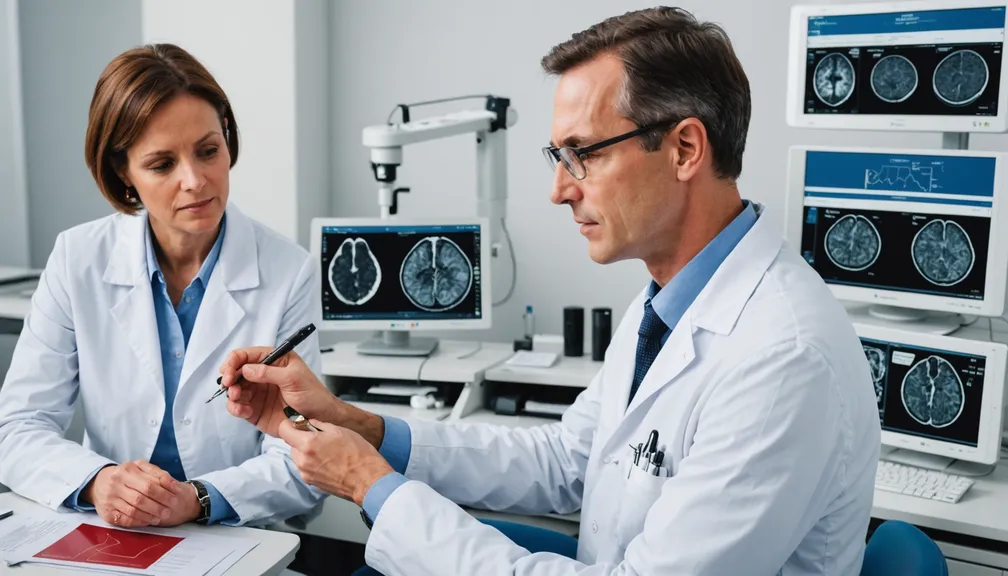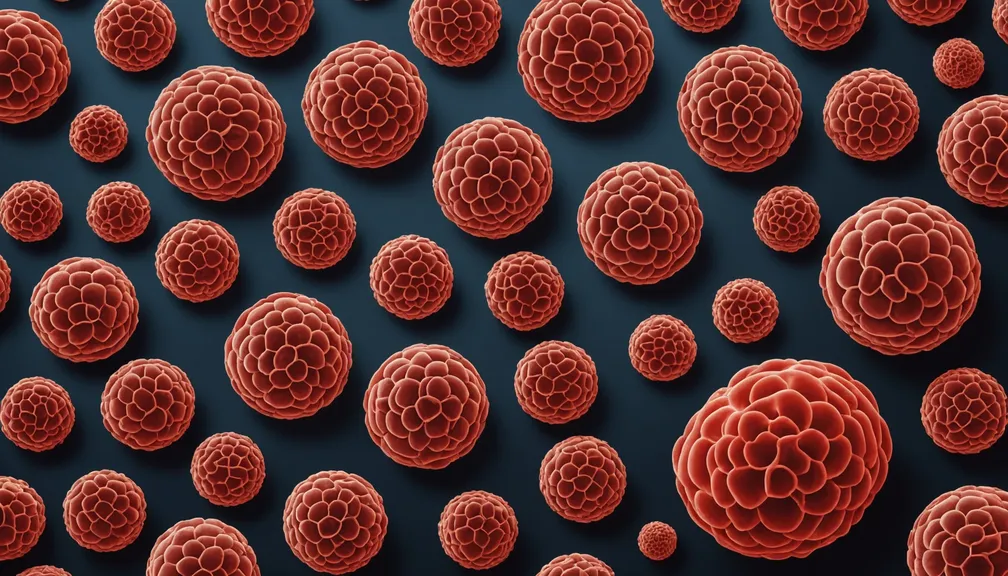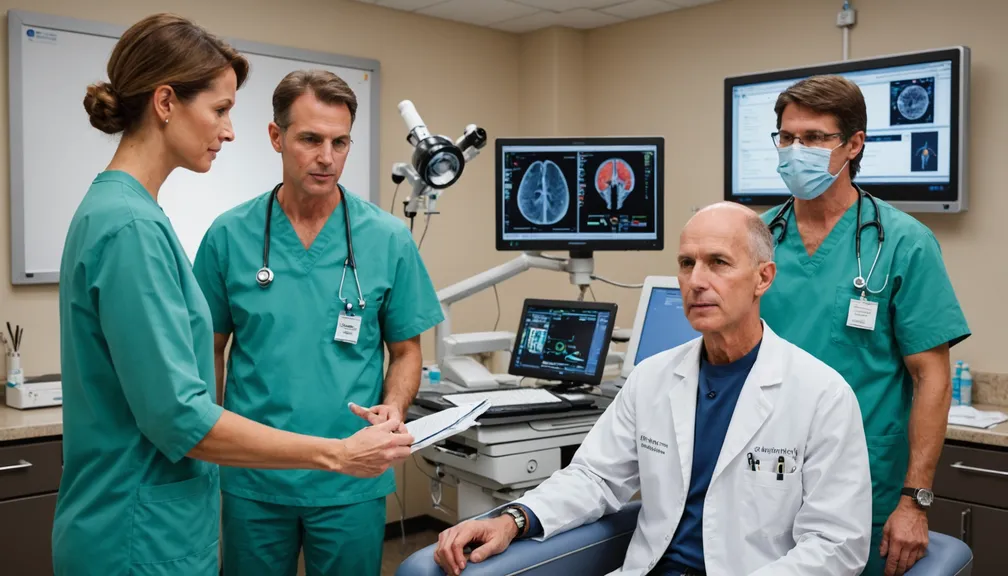Treatment Options: Chemotherapy, Radiation, and Stem Cell Transplants
Understanding Your Treatment Choices
When facing a hematologic cancer, understanding your treatment options is essential. This lesson explores three primary treatments: Chemotherapy, Radiation Therapy, and Stem Cell Transplants. Each treatment has unique benefits and considerations, and your healthcare team will work with you to determine the best approach for your specific situation.
Chemotherapy
What is Chemotherapy?
Chemotherapy involves using powerful drugs to kill cancer cells or stop them from growing. These drugs travel through your bloodstream, reaching cancer cells throughout your body.
How It Works
- Targets Rapidly Dividing Cells: Cancer cells divide quickly, and chemotherapy targets these rapidly dividing cells. However, it can also affect healthy cells that divide quickly, such as those in your hair and digestive system.
What to Expect
- Administration: Chemotherapy can be given intravenously (through a vein), orally (by mouth), or through other methods depending on the type and stage of cancer.
- Treatment Schedule: Your treatment plan may involve multiple cycles of chemotherapy, with periods of rest in between to allow your body to recover.
Possible Side Effects
- Common Side Effects:
- Fatigue
- Nausea and vomiting
- Hair loss
- Increased risk of infections
- Easy bruising or bleeding
Managing Side Effects
- Stay Hydrated: Drink plenty of fluids to help flush out the chemotherapy drugs.
- Healthy Diet: Eat a balanced diet to maintain strength and manage side effects like nausea.
- Medications: Your doctor may prescribe medications to help control nausea and prevent infections.
- Rest: Ensure you get enough rest to help your body recover.
Radiation Therapy
What is Radiation Therapy?
Radiation therapy uses high-energy rays to target and kill cancer cells in a specific area of the body. It can be used alone or in combination with other treatments like chemotherapy.
How It Works
- Localized Treatment: Unlike chemotherapy, which affects the entire body, radiation therapy focuses on a particular area where the cancer is located.
- Types of Radiation:
- External Beam Radiation: Delivered from a machine outside the body.
- Internal Radiation (Brachytherapy): Placed inside the body near cancer cells.
When It's Used
- Treatment Goals:
- To destroy cancer cells.
- To shrink tumors before surgery.
- To relieve symptoms like pain.
Possible Side Effects
- Common Side Effects:
- Skin irritation or changes in the treated area
- Fatigue
- Hair loss in the treated area
- Nausea (if the abdomen is treated)
Managing Side Effects
- Skin Care: Use gentle skin care products and avoid harsh chemicals on the treated area.
- Rest: Manage fatigue by balancing activity with rest.
- Diet Adjustments: If experiencing nausea, eat smaller, more frequent meals.
- Communication: Inform your healthcare team about any side effects you're experiencing for appropriate management.
Stem Cell Transplants
What is a Stem Cell Transplant?
A stem cell transplant replaces damaged or destroyed bone marrow with healthy stem cells. These stem cells can develop into different types of blood cells, helping to restore your body’s ability to fight cancer.
Types of Stem Cell Transplants
- Autologous Transplant:
- Uses your own stem cells collected before treatment.
- Allogeneic Transplant:
- Uses stem cells from a donor, which can be a relative or an unrelated person.
The Transplant Process
- Preparation:
- High-dose chemotherapy and/or radiation therapy to destroy cancer cells.
- Stem Cell Infusion:
- Infused into your bloodstream, where they travel to the bone marrow and begin producing new blood cells.
- Recovery:
- It can take weeks to months for the new stem cells to grow and make healthy blood cells.
Possible Risks and Side Effects
- Infection Risks: Due to weakened immune systems during treatment.
- Graft-Versus-Host Disease (GVHD): In allogeneic transplants, the donor cells may attack your body’s tissues.
- Organ Damage: Potential side effects from high-dose chemotherapy or radiation.
- Fatigue and Weakness: Common during the recovery period.
Recovery and Follow-up Care
- Hospital Stay: May require an extended hospital stay during the initial recovery phase.
- Regular Check-ups: Frequent visits to your healthcare team to monitor progress and manage any complications.
- Support Services: Access to physical therapy, nutritional support, and emotional counseling as needed.
Your Healthcare Team
Managing hematologic cancers often involves a team of specialized healthcare professionals who work together to provide comprehensive care.
Key Professionals Involved:
- Hematologist/Oncologist:
-
Specialists in blood cancers who oversee your treatment plan.
-
Radiation Oncologist:
-
Experts in administering and managing radiation therapy.
-
Transplant Specialist:
-
Physicians who manage stem cell transplant procedures and follow-up care.
-
Nurses:
-
Provide day-to-day care, administer treatments, and offer support and education.
-
Pharmacist:
-
Manages your medications and addresses any concerns related to drug interactions and side effects.
-
Social Worker:
-
Assists with emotional support, counseling, and connecting you with community resources.
-
Dietitian:
-
Helps you maintain a healthy diet to support your treatment and recovery.
-
Physical Therapist:
-
Aids in maintaining strength and mobility during and after treatment.
-
Psychologist or Counselor:
- Provides mental health support to help you cope with the emotional challenges of cancer treatment.
Getting the Most Out of Your Treatment
- Stay Informed: Ask questions and seek to understand each aspect of your treatment options.
- Communicate Openly: Share your symptoms, side effects, and concerns with your healthcare team.
- Seek Support: Lean on family, friends, and support groups to help you through your treatment journey.
- Take Care of Yourself: Prioritize rest, nutrition, and gentle physical activity as recommended by your healthcare providers.
Your treatment plan is tailored to your unique needs, and your healthcare team is committed to supporting you every step of the way.






